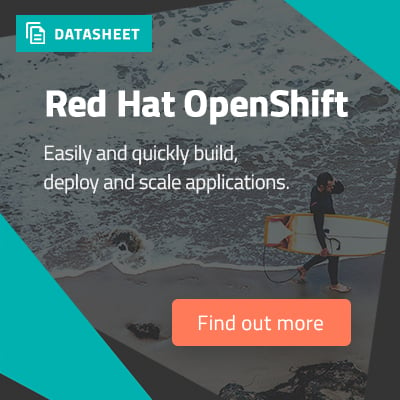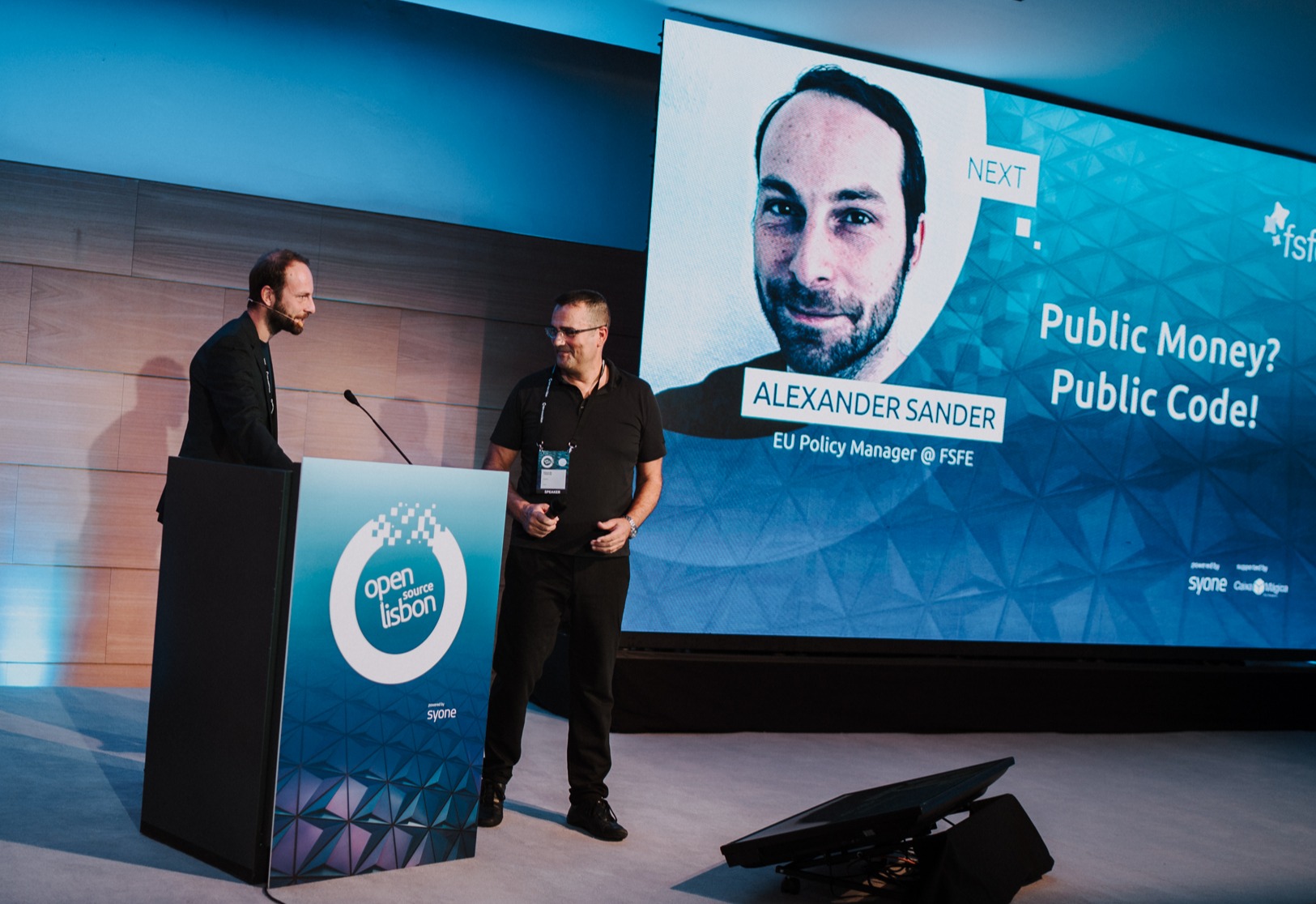If you are curious about knowing the functionalities and benefits of using Kubernetes you got to the right article. So, come onboard and let’s dig in!
You can also check the audio version:
Modern applications are increasingly built using containers — such as microservices packaged with their dependencies and configurations. Kubernetes or k8s for short, is open-source software for deploying and managing those containers. With Kubernetes, you can build, deliver and scale containerized apps faster.
As Opensource.com notes, "Today, Kubernetes is a true open source community, with engineers works from Google, Red Hat, and many other companies actively contributing to the project."
Let’s check it out more deeply on this article subject. Enjoy!
What is Kubernetes?
Kubernetes is an open-source software that helps you deploy and manage containerized applications at a large scale. It orchestrates a cluster of VMs, schedules containers, automatically manages service discovery, incorporates load balancing, and tracks resource allocation. It also checks the health of individual resources and heals apps with auto-restart and auto-replication.
More reasons to like Kubernetes
Planet Scale
Designed on the same principles that allows Google to run billions of containers a week, Kubernetes can scale without increasing your ops team.
Never Outgrow
Whether testing locally or running a global enterprise, Kubernetes flexibility grows with you to deliver your applications consistently and easily no matter how complex your need is.
Run Anywhere
Kubernetes is open source giving you the freedom to take advantage of on-premises, hybrid, or public cloud infrastructure, letting you effortlessly move workloads to where it matters to you.
Kubernetes in 5 minutes:
Why use Kubernetes?
Portability
Move containerized workloads from local development machines to production—seamlessly. Orchestrate containers consistently in different environments across on-premises infrastructure and public and hybrid clouds.
Scalability
Define complex containerized applications and deploy them globally across a cluster of servers—or even multiple clusters—as Kubernetes optimizes resources according to your desired state. With built-in auto-scaler, Kubernetes can easily scale your application horizontally while automatically monitoring and maintaining container health.
Extensibility
Access a wide and ever-growing collection of extensions and plugins created by the developers and companies that form the Kubernetes community. A conformant Kubernetes service allows you to take full advantage of these community offerings and add capabilities such as security, monitoring, management.
Kubernetes VS Docker
First of all, Kubernetes and Docker work together.
Docker provides an open standard for packaging and distributing containerized applications. Using Docker, you can build and run containers and store and share container images.
Kubernetes orchestrates and manages the distributed, containerized applications that Docker creates. It also provides the infrastructure needed to deploy and run those applications on a cluster of machines.
What you need to know about Azure Kubernetes Service (AKS)
AKS is a highly available, secure, and fully managed Kubernetes service. With it you can ship faster, operate with ease, and scale confidently.
The fully managed Azure Kubernetes Service (AKS) makes deploying and managing containerized applications easy. It offers serverless Kubernetes, an integrated continuous integration and continuous delivery (CI/CD) experience, and enterprise-grade security and governance.
More features about AKS
- Elastic provisioning of additional capacity without the need to manage the infrastructure.
- Faster end-to-end development experience and integration with Visual Studio Code Kubernetes tools, Azure DevOps, and Azure Monitor.
- Advanced identity and access management using Azure Active Directory, and dynamic rules enforcement across multiple clusters with Azure Policy.
- Orchestration of containers across 29 regions and growing, in the public cloud, in Azure Stack, or on IoT edge devices.
What you need to know about Azure Red Hat OpenShift
Azure Red Hat OpenShift provides a flexible, self-service deployment of fully managed OpenShift clusters. Maintain regulatory compliance and focus on your application development, while your master, infrastructure, and application nodes are patched, updated, and monitored by both Microsoft and Red Hat.
Choose your own registry, networking, storage, or CI/CD solutions. Or get going immediately using built-in solutions with automated source code management, container and application builds, deployments, scaling, health management, and more.
- Highly available, fully managed master, infrastructure, and application nodes with no virtual machine operation or patching required.
- Enhanced security with an integrated sign-on experience through Azure Active Directory (Azure AD).
- Joint engineering, operation, and integrated support by Microsoft and Red Hat.
- Clusters deployed into Azure and billed to your subscription.









